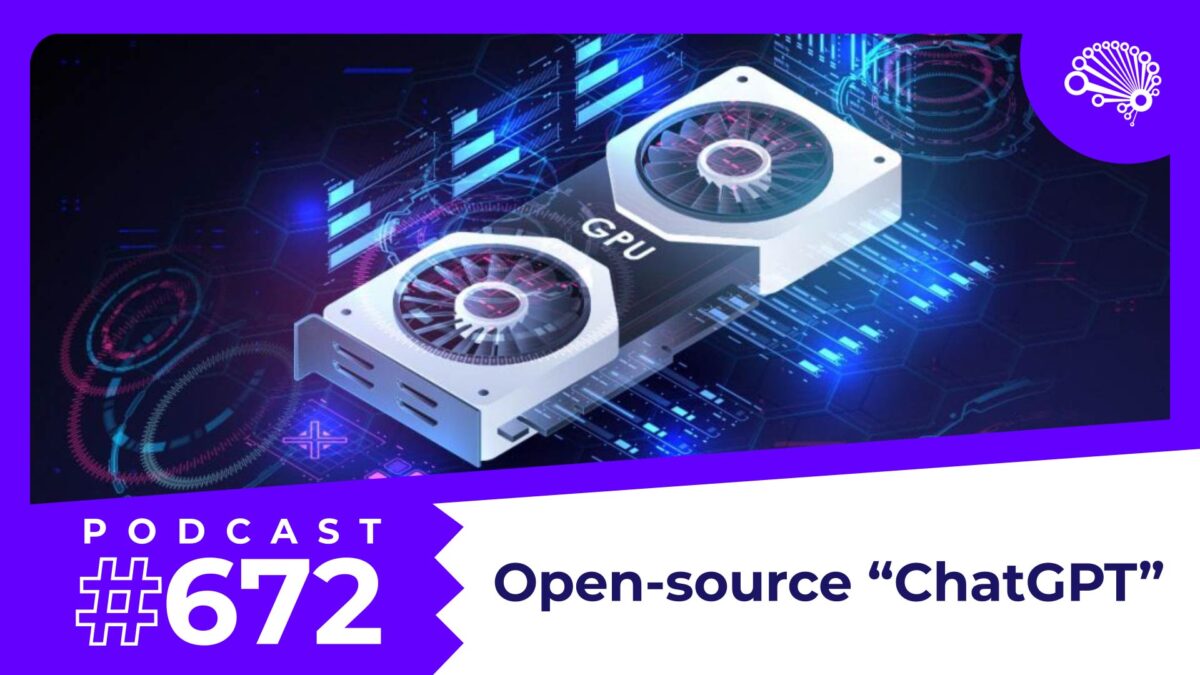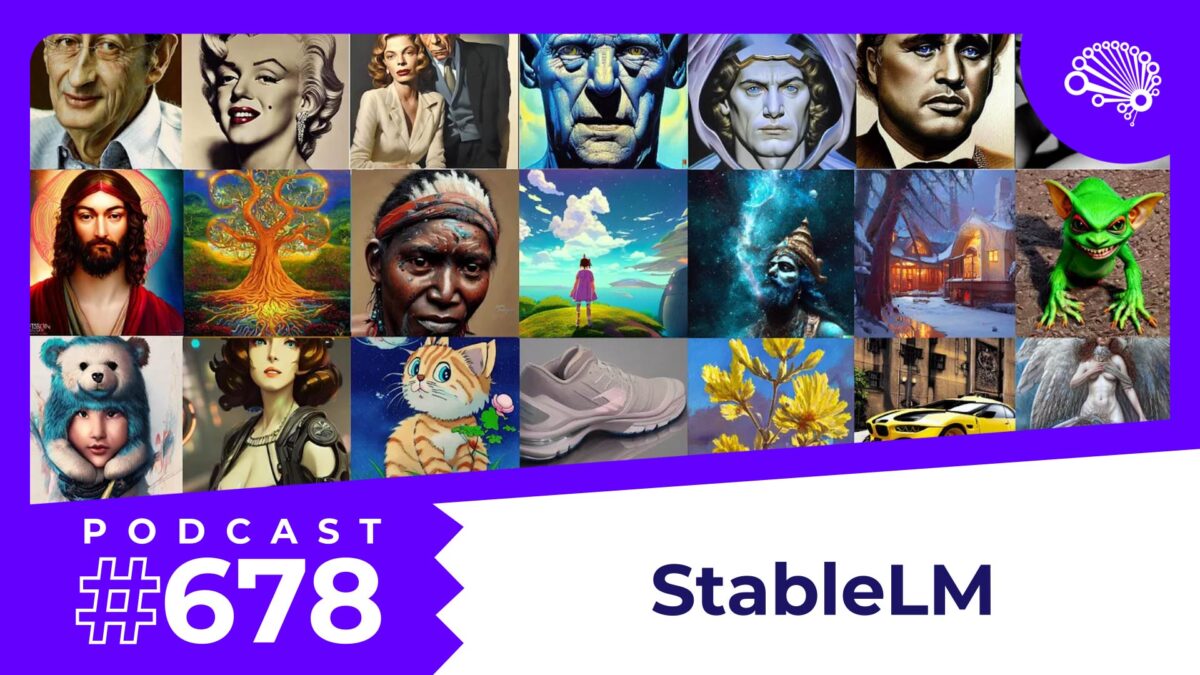Want a GPT-4-style model on your own hardware and fine-tuned to your proprietary language-generation tasks? Our Chief Data Scientist, Jon Krohn, covers the key open-source models (Alpaca, Vicuña, GPT4All-J, and Dolly 2.0) for doing this cheaply on a single GPU.
We begin with a retrospective look at Meta AI’s LLaMA model, which was introduced in episode #670. LLaMA, with its 13 billion parameters, achieves performance comparable to GPT-3 while being significantly smaller and more manageable. This efficiency makes it possible to train the model on a single GPU, democratizing access to advanced AI capabilities.
The focus then shifts to four models that surpass LLaMA in terms of power and sophistication: Alpaca, Vicuña, GPT4All-J, and Dolly 2.0. Each of these models presents a unique blend of innovation and practicality, pushing the boundaries of what’s possible with AI:
Alpaca
Developed by Stanford researchers, Alpaca is an evolution of the 7 billion parameter LLaMA model, fine-tuned with 52,000 examples of instruction-following natural language. This model excels in mimicking GPT-3.5’s instruction-following capabilities, offering high performance at a fraction of the cost and size.
Vicuña
Vicuña, a product of collaborative research across multiple institutions, builds on both the 7 billion and 13 billion parameter LLaMA models. It’s fine-tuned on 70,000 user-shared ChatGPT conversations from the ShareGPT repository, achieving GPT-3.5-like performance with unique user-generated content.
GPT4All-J
GPT4All-J, released by Nomic AI, is based on EleutherAI’s open source 6 billion parameter GPT-J model. It’s fine-tuned with an extensive 800,000 instruction-response dataset, making it an attractive option for commercial applications due to its open-source nature and Apache license.
Dolly 2.0
Dolly 2.0, from database giant Databricks, builds upon EleutherAI’s 12 billion parameter model. It’s fine-tuned with 15,000 human-generated instruction response pairs, offering another open source, commercially viable option for AI applications.
The Economic and Practical Implications
These models represent a significant shift in the AI landscape, making it economically feasible for individuals and small teams to train and deploy powerful language models. With a few hundred to a few thousand dollars, it’s now possible to create proprietary, ChatGPT-like models tailored to specific use cases.
The advancements in AI models that can be trained on a single GPU mark a thrilling era in data science. These developments not only showcase the rapid progression of AI technology but also significantly lower the barrier to entry, allowing a broader range of users to explore and innovate in the field of artificial intelligence.
The SuperDataScience podcast is available on all major podcasting platforms, YouTube, and at SuperDataScience.com.



